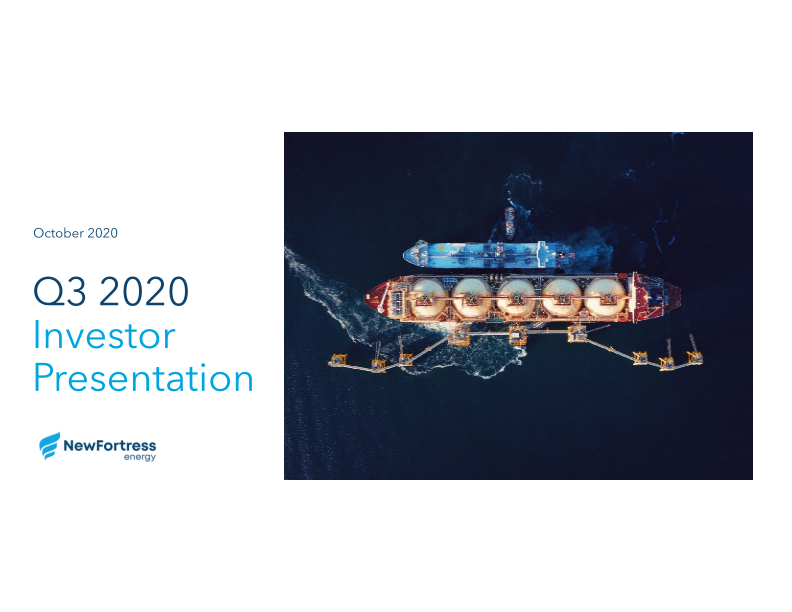Espirito Santo Oil & Natural Gas Yearbook 2021
Made public by
Ideies/Findes
sourced by PitchSend
Creator
Ideies/Findes
Category
Energy
Published
2021
Slides
Transcriptions
Download to PowerPoint
Download presentation as an editable powerpoint.
Related


























































